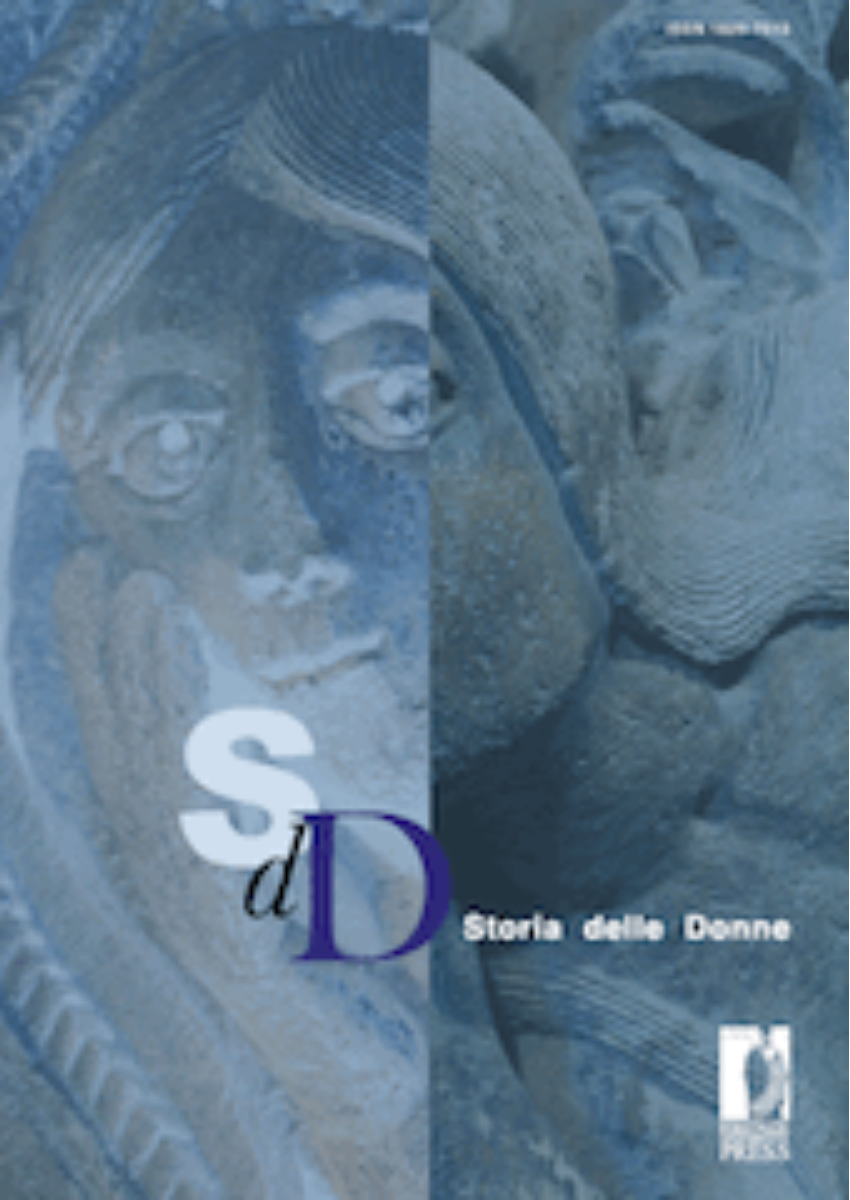Abstract
The mythical Helen at the mirrow crying her lost beauty and youth, the old courtesan Laide vowing her mirrow to Aphrodite as she needs it no more, introduce to the problem of gradus aetatum (the ages of life) for women in Greek and Latin literature, both pagan and Christian. The second part of the research deals with the common places of puer senex, puer maior sua aetate as used by ancient writers for a girl. Physical and spiritual age were considered in opposition in a philosophical and religious perspective. The transformation of a young girl into an old woman is strictly linked to the transformation of a woman into a man, according to the typology of mulier virilis. So on a spiritual level young women may become models for old men; however women have no age as their social role prevails. The last part focuses on the problem of old women in antiquity. Youth and beauty, positive values in pagan texts, were considered as belonging to the earthly life in Christian works and had to be overcome. Holy beauty is the only recognized form of beauty for ascetic women and they acquired it after death. In late antiquity ideal women had no sex and no age, no mirrow and no physical portrait.


